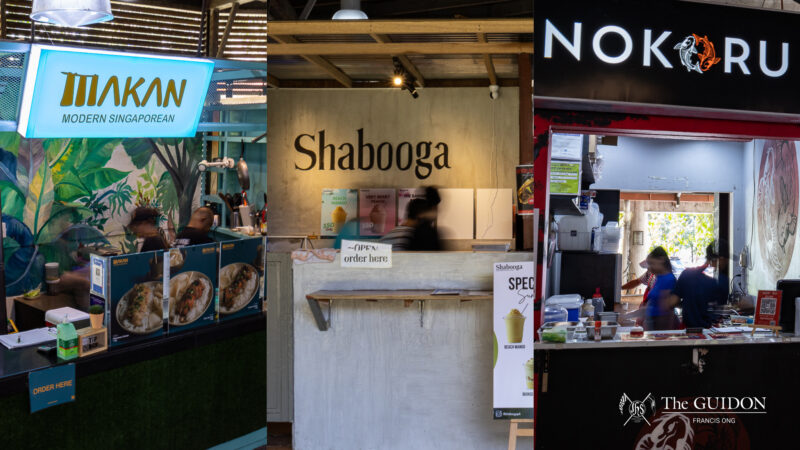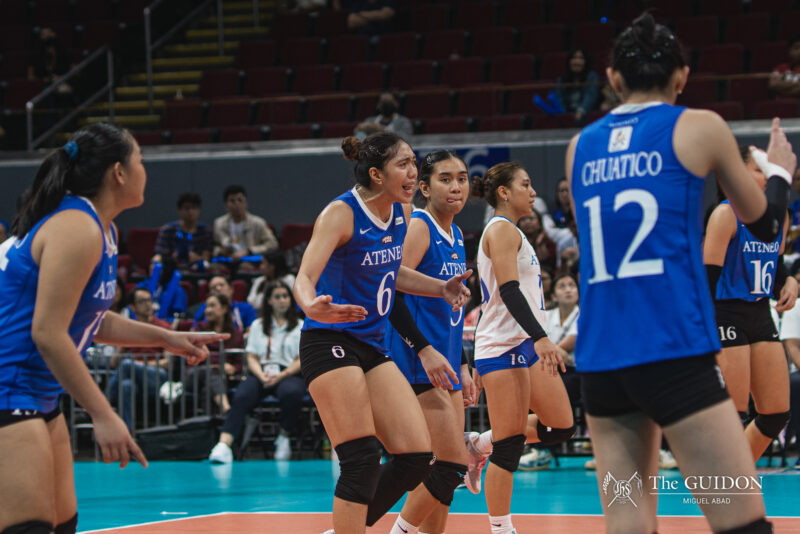 CONVENTIONAL WAYS of recycling aren’t enough.
CONVENTIONAL WAYS of recycling aren’t enough.
This year, the Loyola Schools (LS) Paper Market, spearheaded by the Ateneo Environmental Management Coalition, in cooperation with the Council of Organizations of the Ateneo (COA) and the Sanggunian, was one of the more non-conventional means of recycling executed by the community.
The LS Paper Market was held at the SEC B Foyer on November 20.
In a memo by LS Vice President John Paul Vergara, he said that the paper drive was aimed at providing an opportunity for the LS community to clean up waste paper that may be reused and recycled and to simplified lifestyles that could sustain environmental awareness.
The further reduction of plastic bottles in the cafeteria, preference of digital copies of class syllabi and the use of scratch paper are among the other steps taken by the LS to make the campus even more environmentally-friendly.
While new practices are constantly being introduced, the older ones have continues to prove their efficacy. The segregation bins, for example, are still prominent around campus.
“You don’t pass a corner without seeing a group of those big labeled trash bins,” Committee on Student Activities (CSA) Overseer John Vincent Lloyd Bermudez said.
Not a radical change
Bermudez said that the paper drive was mainly an awareness campaign. “It’s not so much to directly reduce the amount of waste we dispose but rather to remind Ateneans of a better alternative to waste disposal,” he said.
During the paper drive, waste paper was segregated into different types; each type had a corresponding amount dependent on its weight.
Academically-related waste paper, including past projects, manuals and other used paper comprised the majority of what the organizers received.
He added that the community’s response to the paper drive was positive, as a lot of organizations and individuals participated.
“But what was most surprising was how many departments turned in their waste papers. It was like they were just waiting for the Paper Drive the entire year to dispose of their accumulated waster papers,” Bermudez said.
As an incentive, prizes will be awarded to the top three departments and accredited and unaccredited student organizations that recycled the most paper.
The winners will be announced in the COA Awards in March 2011
Paper reused
Syllabi were not spared from being a means to recycling paper. Instead of the usual text printed on one side of the paper, they were printed on recycled paper, back to back or pamphlet style.
As a result however, some teachers were late in distributing their syllabi because of the policy.
Other professors, meanwhile, opted to upload their syllabi and sometimes even their readings online instead.
“It is sensible because it shows how desperate the environmental situation is. This is the reason why we should apply it. It is the only thing we can contribute,” English and Literature Professor Oscar Campomanes said.
Some professors also encouraged their students to use recycled or scratch paper in submitting assignments and printing readings to be used in class.
Freshman Allan Clifford Tan said that he got to save paper as well as money since he didn’t need to buy bond paper as often.
Meanwhile, freshman Carina Dorothy Tan said that she considered the new practices “nice but kind of a hassle for people that don’t have recycled paper.”
Caf contribution
Cafeteria management has already been implementing the Bring Your Own Baunan (BYOB) policy and promoting reusable food containers in campus since 2008.
Ateneo Multi-Purpose Cooperative (AMPC) General Manager Leoncio Miralao said, said that the LS adopted the BYOB from the Ateneo Grade School.
“So far it’s [the tumbler system that has] been working out, and it has reduced the amount of waste that we generate,” Miralao said.
He said that was the time the cafeteria started supplying containers for a fee, one kind for viands or meals and the other for drinks which is the tumbler.






